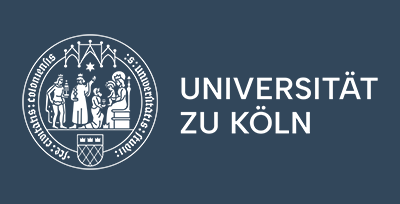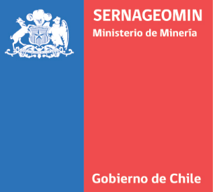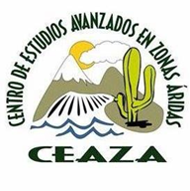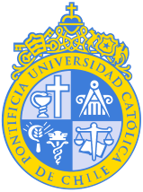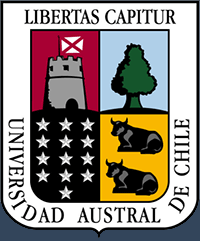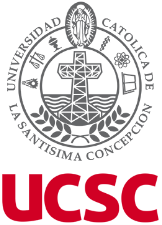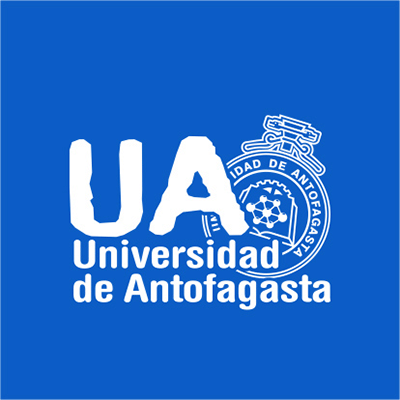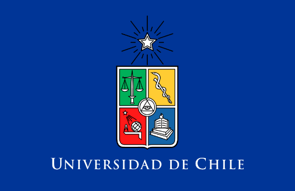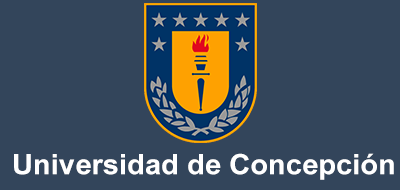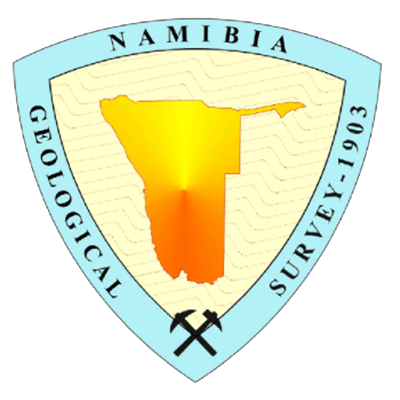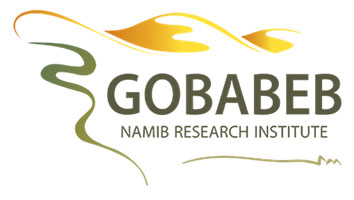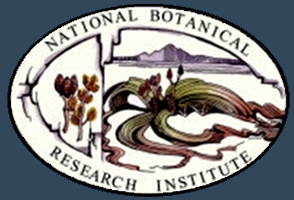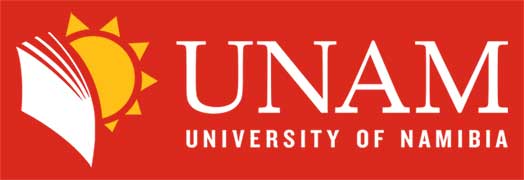Functional ecology and molecular evolution of anhydrobiotic species in extreme desert environments
Research areas: Biological Sciences
Principal investigators: Jun.-Prof. Dr. Ann-Marie Waldvogel, Dr. Philipp Schiffer
Project Info: Phase 3
The limited availability of water in desert habitats and its unpredictable availability in space, and time is the driving force determining the ecology and evolution of life in the extreme environments of the Atacama and Namib deserts. Organisms that are able to enter cryptobiosis, a state of inactive metabolism in response to harsh environmental conditions, have evolved an advantage to colonise and inhabit extreme habitats. Nematodes belong to the most abundant animals on Earth. Some species are able to completely desiccate, entering the metabolic state of anhydrobiosis. Allowing specimens to persist through droughts of unpredictable length by being revived after time-spans much longer than a multitude of their generation times, anhydrobiosis is the key functional trait for nematode existence at the dry limit. In its first phase (the 2nd of the CRC1211), project B08 has assessed the biodiversity and community composition of nematodes in the Atacama Desert and started similar studies in the Namib Desert. Determining fitness landscapes of roundworms and their mode of reproduction (i.e. frequency of asexuality), we are learning how life-history traits evolve under extreme conditions. Experimental estimation of mutation rates in combination with whole genome sequencing (Villegas et al., 2022) of multiple species will provide the necessary calibration for a reliable and precise molecular clock analysis to link evolutionary history of nematodes to landscape evolution in the Atacama Desert (and beyond) in collaboration with project C07. In summary, B08 has measured ecological and evolutionary parameters in desert nematodes and established data on the abundance of species, and community composition in a rich number of samples representative for both deserts. We here propose to investigate the interface of nematode ecology, evolution, and development (EcoEvoDevo) in a comparative approach between the Atacama Desert and Namib Desert. We aim to address questions such as how often during the life-cycle desiccation can occur in different species and how the ecological function of desert soils is defined by nematode community composition (defined by functional groups), how the dispersal of anhydrobiotic nematodes through (geological) space and time is driven and determined by nematode physiology and abiotic factors in deserts, and how anhydrobiosis influences mutational evolution and population genetic inferences. Using approaches from evolutionary developmental biology we then will characterise anhydrobiosis as a trait from a molecular perspective. Our project will generate comprehensive data characterising a functional key trait for the survival at the dry limit and we will ultimately generate a synthesis analysis of drivers, and limitations for evolution, and survival at the dry limit, linking with CRC1211 projects on other biota.
Phase 2
Comparative diversity and evolutionary age of desert nematode communities
Research areas: Population genomics, Phylogenomics, Biodiversity, Ecology & Evolution, Zoology
Principal investigators: Dr. Philipp Schiffer, Jun.-Prof. Dr. Ann-Marie Waldvogel
Nematodes are thought to be one of the most diverse animal phyla and frequently inhabiting extreme environments. They are globally distributed and an important constituent of many soil ecosystems, but their diversity has so-far not been studied in detail in the Atacama or Namib deserts.
In particular, genomic biodiversity assessment in nematodes has mostly focused on few model-species. Thus, the extent of genomic diversity in many branches of the vast phylum remains understudied. In this project, we will first study the diversity of nematodes in hyper-arid deserts, including by establishing field-based genomic biodiversity assessment. We will then use this data to investigate the evolution of parthenogenesis, and the causes and consequences of variation in mutation rates in species with different modes of reproduction.
The theory of geographical parthenogenesis holds that asexual organisms have an evolutionary advantage in more challenging environments. This theory has not been systematically tested and more data comparing the distribution and genomic variability of asexual taxa is urgently needed. We will make use of the relatively high frequency of asexual and sexual sister species in nematodes and the hyper-arid desert systems analysed in the CRC1211 to sample and analyse such data.
Recently it has been found that mutation rates are not constant within species, but that they might evolve as a quantitative trait underlying the principles of local adaptation. Mutation rates depend on the mode of reproduction, potentially differing between sexual and asexual species of the same genus. We will study if the variability of mutation rates is necessary for the existence of life under extreme conditions, and analyse to which degree they differ between sexual and asexual species.
Implementations of a molecular clock to infer species age depend on paleontological calibration. In taxa with poor fossil records and substantial heterogeneity of nucleotide substitution rates, such as nematodes, the clock is inaccurate. In theory, the measure of a species’ mutation rate will allow for a precise molecular clock, but for highest resolution and accuracy past rates need to be modelled in accordance to paleo-environmental factors. As a final part of the project we will link mutation rates in nematodes to geological history of the landscape to develop a new method to obtain a precise molecular clock. This will feedback into modelling geological history of the desert environments.
In summary, the proposed project will establish field-based biodiversity genomics assessment of soil invertebrates in one of the most extreme habitats on Earth and investigate long-standing questions of evolutionary biology and ecology, i.e. the theory of geographical parthenogenesis and the eco-evolutionary dynamics of mutation rates.
Publications
Project B8 - Publications
Articles
Guiglielmoni, N., Villegas, L., Kirangwa, J., Schiffer, P., 2024.
Revisiting genomes of non-model species with long reads yields new insights into their biology and evolution.
Frontiers in Genetics. 1 - 11.
Villegas, L., Ferreti, L., Wiehe, T., Waldvogel, A.-M., Schiffer, P., 2024.
Parthenogenomics: Insights on mutation rates and nucleotide diversity in parthenogenetic Panagrolaimus nematodes.
Ecology and Evolution. 1 - 14.
Data
Project B8 - Research Data
Villegas, L., Pettrich, L., Holovachov, O., Waldvogel, A., Schiffer, P., 2023.
Ultra conserved elements as a time and cost efficient approach to understand geographical parthenogenesis and phylogenomics of nematodes.
CRC1211 Database (CRC1211DB).
Villegas, L., Pettrich, L., Holovachov, O., Waldvogel, A., Schiffer, P., 2023.
Curated fasta sequences of 18S SSrRNA of nematodes isolated in the Atacama Desert during sampling in 2022.
CRC1211 Database (CRC1211DB).
Villegas, L., Pettrich, L., Holovachov, O., Schiffer, P., Waldvogel, A., 2023.
Sampling coordinates and preliminary morphological identification of desert nematodes.
CRC1211 Database (CRC1211DB).





